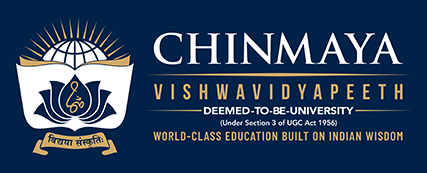An Introduction to the Study of Indian History
Material type: TextPublication details: New Delhi Sage 103080Edition: 1st edDescription: 231ISBN:
TextPublication details: New Delhi Sage 103080Edition: 1st edDescription: 231ISBN: - 9789386042217
- 954 D186 I 103080
| Item type | Current library | Call number | Status | Barcode | |
|---|---|---|---|---|---|
 Books
Books
|
Ubhayabharati General Stacks | 954 D186 I 103080 (Browse shelf(Opens below)) | Available | 103080 |
The use of scientific methodology, modern techniques of interpretation, and selection and analysis of basic problems make An Introduction to the Study of Indian History a vivid and absorbing read.
The author has thrown open new fields for research through this book, which serves as a critical guide to scientific historical thought. It helps the reader gain profound insight into the past by examining monuments, customs and surviving records. At the same time, the present is shown to be the inevitable result of a steady historical development. Complete grasp of the material and mastery of detail shown in the survey of the development from a pre-historic tribal society to the present machine-age make this volume a unique contribution to contemporary historiography.
This book is the culmination of patient research and mature reflection of a profoundly original mind and has earned universal recognition and honour over the last few decades.
Note: Now this ISBN-9788171540389 has a new identity.
PREFACE TO THE REVISED EDITION PREFACE TO THE FIRST EDITION PUBLISHER’S NOTE ABBREVIATIONS AND BIBLIOGRAPHY CHRONOLOGICAL OUTLINE SCOPE AND METHODS Special methods needed for Indian history Available materials The underlying philosophy
THE HERITAGE OF PRE-CLASS SOCIETY
Prehistoric archaeology Tribal society Tribal survivals The Vetala cult Higher local cults Festivals and rites
CIVILIZATION AND BARBARISM IN THE INDUS VALLEY
The Indus cities Indus trade and religion Maintenance of a class structure Food production
THE ARYANS IN THE LAND OF THE SEVEN RIVERS
Aryans outside India Rgvedic information Panis and new tribes Origins of caste Brahmin clans
THE ARYAN EXPANSION
Aryan as a mode of living Study of legend and myth Yajurvedic settlements The eastward drive Tribes and dynasties The mark of primitive tribes The new brahminism Beyond brahminism; ritual, food production and trade The need for a radical change
THE RISE OF MAGADHA
New institutions and sources Tribes and kingdoms Kosala and Magadha Destruction of tribal power New religions Buddhism Appendix: Punch-marked coins
THE FORMATION OF A VILLAGE ECONOMY
The first empire Alexander and the Greek accounts of India The Asokan transformation of society Authenticity of the Arthasastra The pre-Asokan state and administration The class structure Productive basis of the state
INTERLUDE OF TRADE AND INVASIONS
After the Mauryans Superstition in an agrarian society Caste and the village; the Manusmrti Changes in religion The settlement of the Deccan plateau Commodity producers and trade The development of Sanskrit Social functions of Sanskrit literature
FEUDALISM FROM ABOVE
Early feudal developments Growth of villages and barbarism The India of the Guptas and Harsa Religion and the development of village settlement The concept of property in land Mayurasarman's settlement of the west coast Village craftsmen and artisans
FEUDALISM FROM BELOW
Difference between Indian and English feudalism The role of trade in feudal society The Muslims Change to feudalism from below; slavery Feudal prince, landlord, and peasant Degeneracy and collapse The bourgeois conques APPENDIX THE MAKING OF HISTORY [ILLUSTRATIONS] COMMENTARY TO THE ILLUSTRATIONS INDEX
There are no comments on this title.



